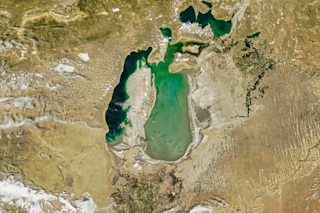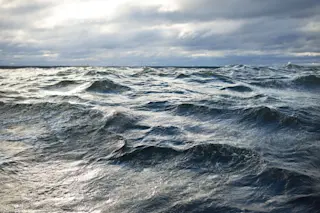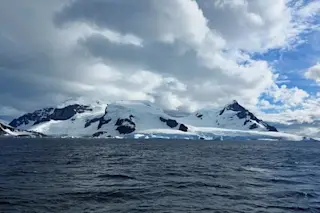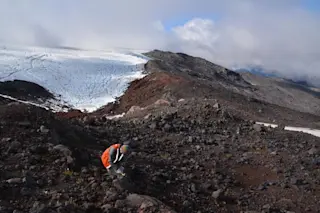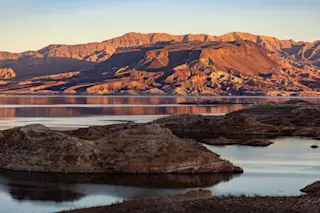Climate change is wreaking havoc across the globe, upending weather patterns and the Earth’s hydrological cycle with often dramatic effects on some of the largest water bodies. 2024 was the hottest year on record, and there are concerns that these pressures on the Earth’s water system are likely to increase as the climate crisis continues.
One classic example is the Aral Sea. Once one of the largest lakes in the world, it has shrunk to only a fraction of its size.
“In 2016, this lake was less than 10 percent of its previous extent in 1960,” says Fangfang Yao, a climate scientist with the Cooperative Institute for Research in Environmental Sciences at University of Colorado Boulder. Climate change is one factor that has driven that loss, along with diversion for irrigation and agriculture.
The Aral Sea is far from alone. The Caspian Sea, the world’s largest inland water body, is ...



